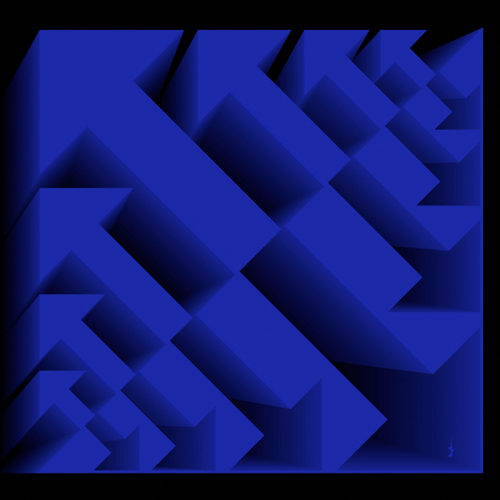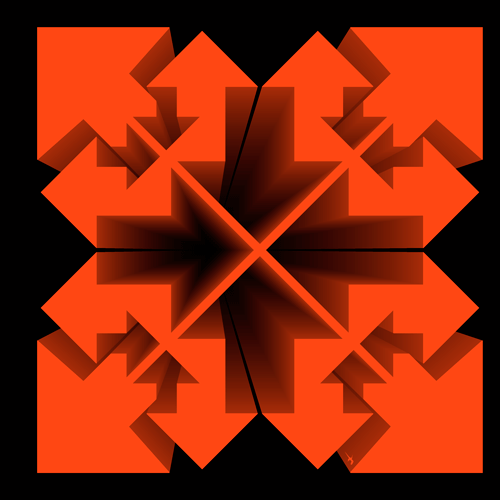Lakshmi Mohanbabu
Menu
InteractionS Lenticular
ICONIC INTERACTIONS ART - IN ALL HUMAN TOUCHED ENVIRONMENTS
Interactions with Lenticular Art:
In her Interactions series, Lakshmi seamlessly incorporates lenticular printing, leveraging its dynamic potential to redefine visual narratives. This innovative technique infuses her creations with profound depth, seamlessly blending movement and realism. The transition from her three-dimensional paintings to lenticular art beckons viewers into an interactive dimension. Subtle shifts to the left and right craft a convincing illusion of genuine 3D space, intensifying the artwork's allure.
Historical Roots and Innovations:
Exploring history's depths, brilliant minds like Aristotle, Alhazen, and Leonardo Da Vinci delved into camera obscura principles. Landmark inventions, including David Brewster's Kaleidoscope and the Lumière brothers' cinematograph, paved the way for visual marvels. Early experiments with devices like the 'traumatropo,' zoetropes, and praxinoscopes expanded the understanding of optical effects, laying the foundation for the evolution of lenticular technology.
Unveiling Lenticular Technology:
At its core, the lenticular effect revolves around a single image with diverse movement phases, overlaid by a striped plastic sheet. This overlay dynamically transforms the visual composition as the object moves, weaving mesmerizing illusions. Visionaries like Louis Chéron, Eugène Estanave, and Herbert E. Ives pioneered integral photography and simpler lenticular sheets, paving the way for future advancements in this captivating art form.
Interactions Series is a set of 12 Lenticulars
Size : 100cm X100cm
Medium: Acrylic
Limited edition 0-9
Copyright Protected
Copy Right Registration Number / Date:VA0002024581 / 2016-07-18
Size : 100cm X100cm
Medium: Acrylic
Limited edition 0-9
Copyright Protected
Copy Right Registration Number / Date:VA0002024581 / 2016-07-18
Studio Visits by Appointment Only |
HoursM-F: 9am - 9pm
|
Telephone |
Copyright © 2022 Lakshmi Mohanbabu. All Rights Reserved
|



